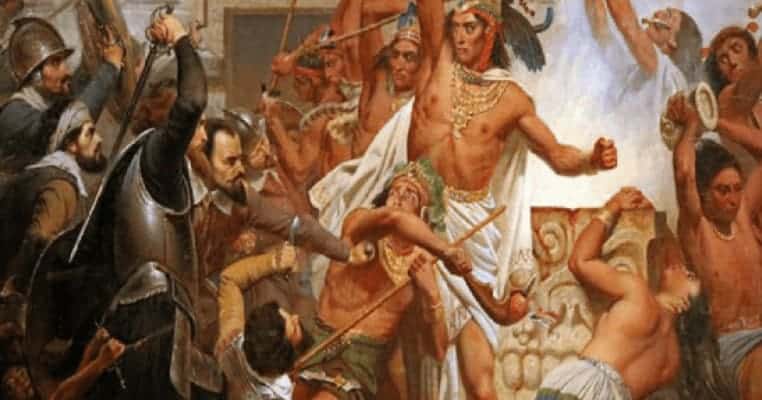The various cultures which existed in Mesoamerica in the centuries which preceded the arrival of the Europeans ensured that it was a brutal place. Human sacrifice predominated in the cultures of the Mayans and Aztecs, as well as many of the societies which existed before their dominance. For the Aztecs, human sacrifice was a major component of society, a fact of everyday life, for reasons which went beyond religious ceremonies and rituals. It was but one part of the brutal nature of life in the Aztec empire, in which activities which would today be regarded as torture or self-mutilation were prevalent. Some brutality was ritualistic, some were part of military training, and some was demonstrative, a presentation to others of courage and endurance.

In Aztec society, all males were required to be trained as warriors, but the training was but an initial step in achieving that status. Following training, a man was required to capture and present to leaders a prisoner, who was usually destined to be sacrificed. The prisoners were not necessarily enemies as such; travelers, including women and children, qualified as prisoners, at least before the middle of the fifteenth century. The number of prisoners and slaves offered for human sacrifice has been debated by historians, scholars, and archaeologists ever since they were first recorded by the arrival of the Spanish conquistadores. The brutality of Aztec life has not.
Here are some examples of life within the Aztec empire, both among the Aztecs and among those so unfortunate as to have fallen into their hands.

1. The Aztecs believed their gods had sacrificed themselves to ensure human life survived
The central creation beliefs of the Aztecs were centered in the legend of the Five Suns, which led them to consider themselves the people of the sun. The earth on which they lived was believed to be the last of what had been five separate worlds, created by four gods, who created all of the lesser gods. Ometeotl was the first of all the gods, without gender, and he or she gave birth to four gods which commanded the primary directions; North, South, East, and West. Sibling rivalries among the four saw the birth and destruction of worlds. Quetzalcoatl became the primary god promoting the humans, despite their failure to offer proper respect to the gods. Over time the worlds and the people populating them were destroyed and other worlds and races of man were created.
The fourth of these worlds were destroyed by a great flood, and humanity survived by becoming creatures of the sea. Quetzalcoatl redeemed his people by stealing their bones from the nether world and dipping them in his blood, restoring humanity. The creation myth and its many subplots and other gods were fraught with jealousies among the gods, with some demanding human sacrifice offered to them and others, including Quetzalcoatl, opposing human sacrifice and instead of asking for blood sacrifices, with individuals offering their own blood as a gift to the gods. Other gods likewise demanded sacrifices of varying nature, in order to keep the sun shining, the waters flowing, and the earth providing sustenance to the people. These beliefs, as well as other subtexts, were first shared with the Spanish and the Franciscan priests which arrived to convert the Aztecs to Christianity.

